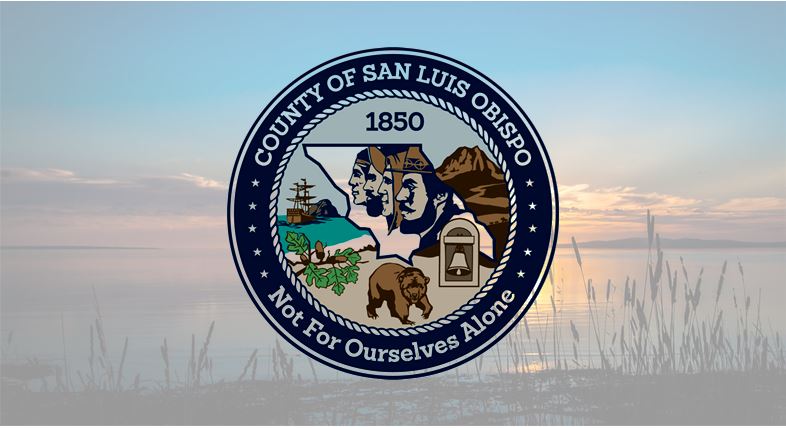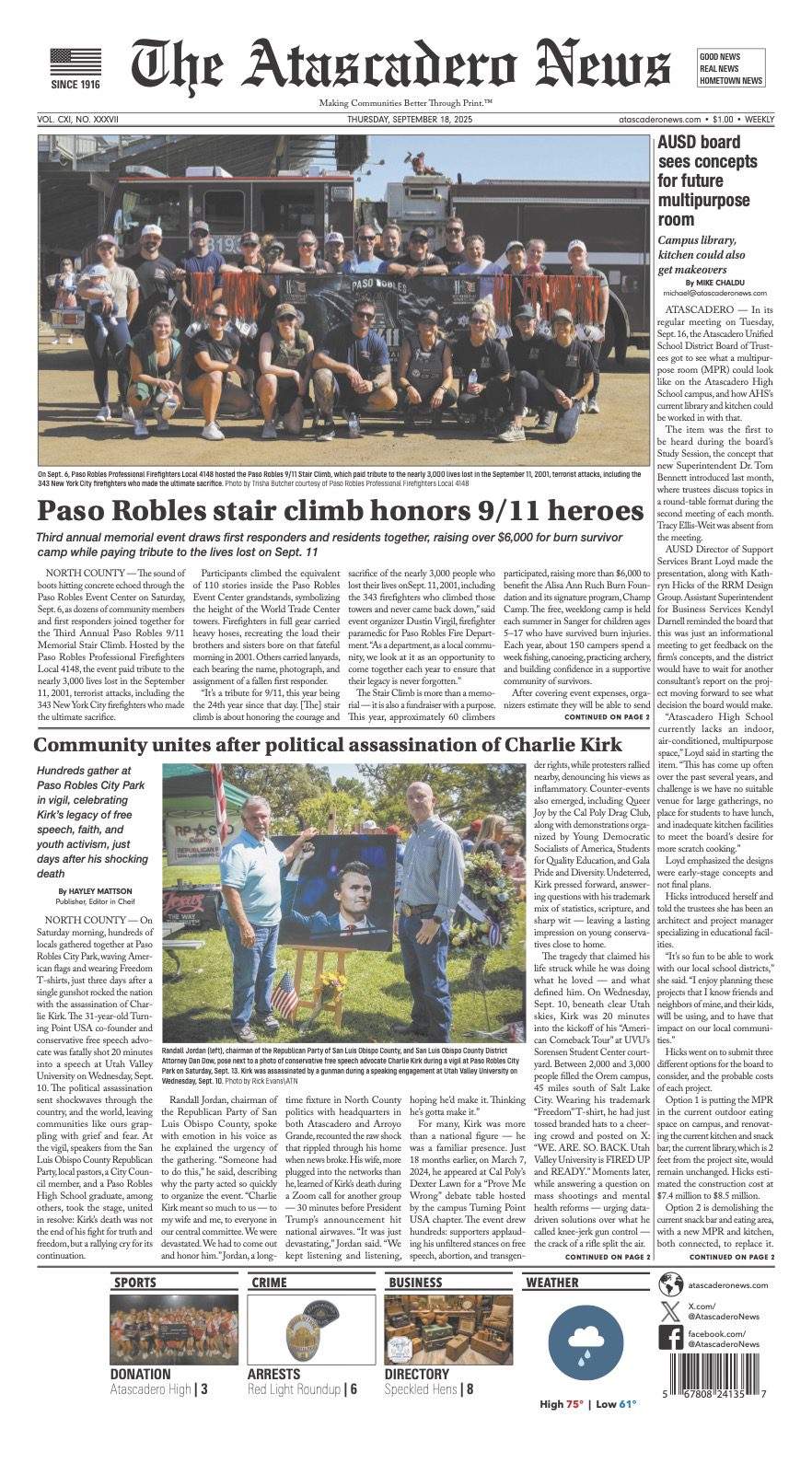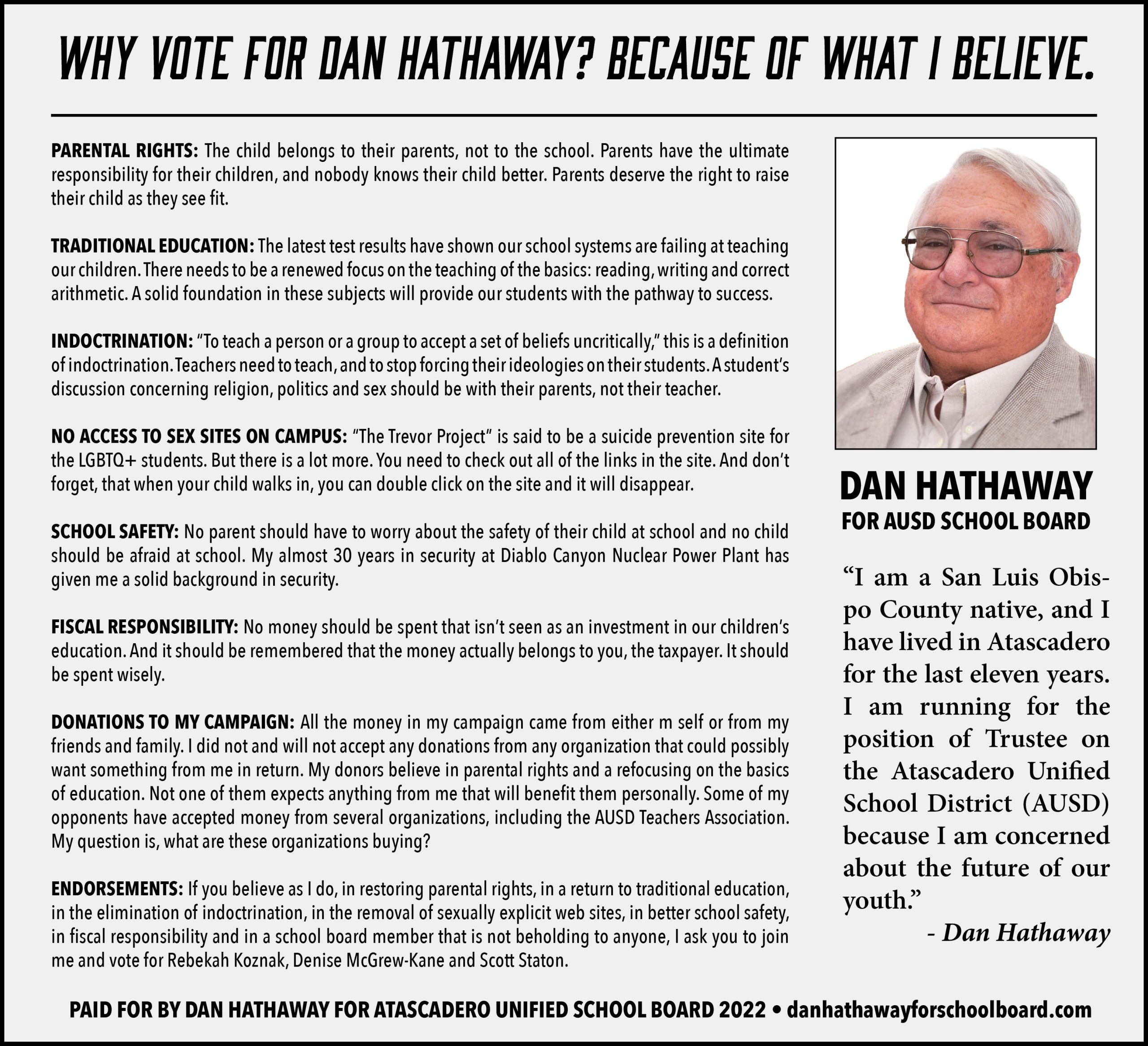The primary election will officially be certified on July 7
SAN LUIS OBISPO COUNTY — San Luis Obispo County will officially wrap up its count of the primary election on Thursday, July 7.

Atascadero News spoke with San Luis Obispo County Clerk-Recorder Elaina Cano about the counting process following election day.
While California’s voter turnout was lower than in years past, according to Cano, San Luis Obispo County had a higher voter turnout compared to about two-thirds of the state’s counties.
Cano also talked about the importance of the primary elections and how the election has a tendency to be forgotten or ignored by voters.
“For so long, so many people have always thought of the primaries as not important or not relevant,” said Cano. “If people aren’t voting for their candidate, then they aren’t going to make it on the November ballot. It’s important for people to vote in the primaries because otherwise, you don’t have those choices in November.”
The 2022 June primaries are used by political parties to determine the candidates who will run for all partisan offices in their states on the general election ballot in November. The ballots are legislative, congressional, gubernatorial, and statewide office contests in 46 states.
Locally, according to state law, nonpartisan races can end at the June primaries if one primary candidate receives more than 50 percent of the vote. If one candidate does not receive the majority of the vote, then the candidates advance to the general election in November.
Races that will advance to November will be the governor, senator, District 19 and District 24 congressional races, and the District 30 and 37 state Assembly races. The top two candidates who receive the most votes in those races will advance to the general election.
Due to the number of candidates in this year’s election, there were two ballots for Cano’s team to count, adding time to the counting process. Within 24 hours, Cano’s office received 48,000 ballots—with two cards in those ballots, that was 96,000 cards for her team to count and verify.
All six SLO County-wide offices were up for election this June, but Cano’s position as clerk-recorder was the only one with a contestant. Cano was appointed to her position as clerk-recorder in November 2021 and ran in the primary election to keep it.
Once Cano knew she would be running in the election, she knew she would be recusing herself from counting the ballots. Yet, according to Cano, some members of the public were concerned about the potential of voter fraud from Cano.
“There were certainly people that had concerns over that [fraud], but if they were in our office and they observed the processes, they would see that I didn’t have anything to do with counting the ballots,” explained Cano.
Throughout the primaries, Cano has worked with local media to keep the public up to date on the counting process. And despite what people may think, the counting process is not an overnight accomplishment.
“I think voters’ expectations of a quick turnaround has to change,” says Cano.
She explains that each voter ballot goes through real people’s hands to ensure its validity. Each ballot signature is compared to the signature on file. If there is any question on ballots, whether from signatures not matched, damaged, or tampered ballots, they are reviewed by multiple hands, and if needed, a notice is mailed out to the voter.
“It’s all about accuracy and not so much about speed,” said Cano.
For the last few weeks, Cano’s team has been counting those ballots which needed to be verified. Below is Cano’s explanation of ballots that were returned to voters for verification.
Missing or Mismatched Signature: A voter’s signature on the returned vote-by-mail identification envelope must compare with the signature(s) in the voter’s registration record. If the voter did not sign the ballot envelope, or if the elections official has determined that the signature on the envelope does not compare to the signature(s) of the voter in the voter’s record, the Elections Office will, provide the voter with the applicable notice to cure the missing or mismatched signature. This notice must be returned to the Elections Office no later than two days prior to the certification of the election. We continue to receive these cure letters but those that are still on the fence to return them should know that the last day to do so is Tuesday, July 5.
Envelope Signed By Other in Same Household: Someone in the same household inadvertently signed and returned their housemate’s vote-by-mail envelope and not their own. It happens more than you know — husband and wife, siblings, roommates etc. do what we refer to as “sig-swap.” Unfortunately, when the envelope is scanned and the signature is captured, it will show that the signature does not match what is on the voter’s registration documents. However, our Election Management System has the ability for us to pull up all the signatures of the registered voters in the household to compare. If it is obvious that someone in the same household signed someone else’s envelope, we set it aside to review until all the other VBM ballots have been processed, which is where we are at now in the process. This safeguard is one way that we can ensure that the signer of the wrong envelope did not also sign and return the one that was designated for them. If they indeed signed and returned their VBM envelope AND signed and returned their housemates, they have just committed a crime by voting twice. If they did not sign and return their original VBM envelope and just inadvertently signed the wrong envelope, then we process their ballot accordingly. This process takes time to do the research, which again is why it takes so long to wrap up the election.
Cano says she is working on more outreach to the public in hopes of teaching them through the election process and hopefully encouraging more people to vote.
“I will continue to try my best to provide outreach to the voters and encourage them to vote,” said Cano.
As of Wednesday, July 2, local results show San Luis Obispo County District 2 Supervisor incumbent Bruce Gibson coming in with 48 percent of the vote, Bruce Jones at 19 percent, Geoff Auslen at 17 percent, and John Whitworth with 16 percent.
District 3 results show incumbent Dawn Ortiz-Legg in the lead with 63 percent, Stacy Korsgaden at 34 percent, and Arnold Ruiz at 3 percent.
Incumbent Supervisor Lynn Compton, who holds the District 4 seat, is trailing at 48 percent, and challenger Jimmy Paulding is coming in with 52 percent of the votes.
Cano, the SLO County Clerk-Recorder incumbent, is currently at 62 percent of the votes, with her challengers James Baugh (22 percent) and Stewart Jenkins (16 percent) trailing.
The SLO County Superior Court Judge No. 12 seat is leaning towards Mike Frye with 67 percent of the votes and Paul Phillips with 33 percent.
With each of these races coming in with one candidate receiving more than 50 percent of the votes, it is likely they will be final once all the votes have been counted and will not advance to November.
San Luis Obispo County Superintendent James Brescia, Assessor Tom Bordonaro, ACTTCPA James Hamilton, District Attorney Dan Dow, County Sheriff-Coroner Ian Parkinson, and Superior Judge No. 10 Erin Childs, all received 100 percent of the votes due to no challengers registered for the June Primary elections.
More information on SLO County voting as well as election result updates are available on the county clerk-recorder’s website at slocounty.ca.gov/Departments/Clerk-Recorder.aspx
The County Clerk-Recorder will certify the Primary Election by the required deadline of July 7.














